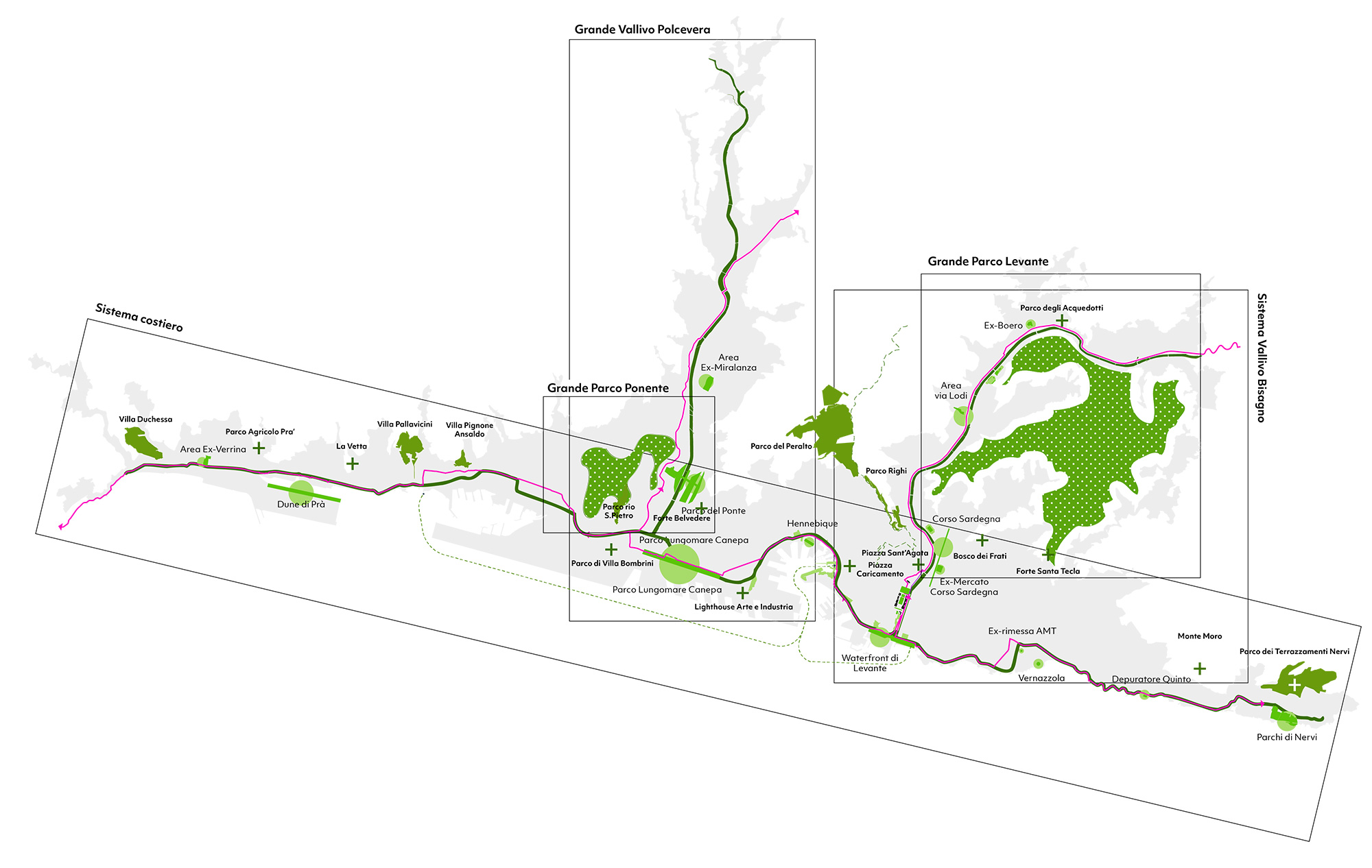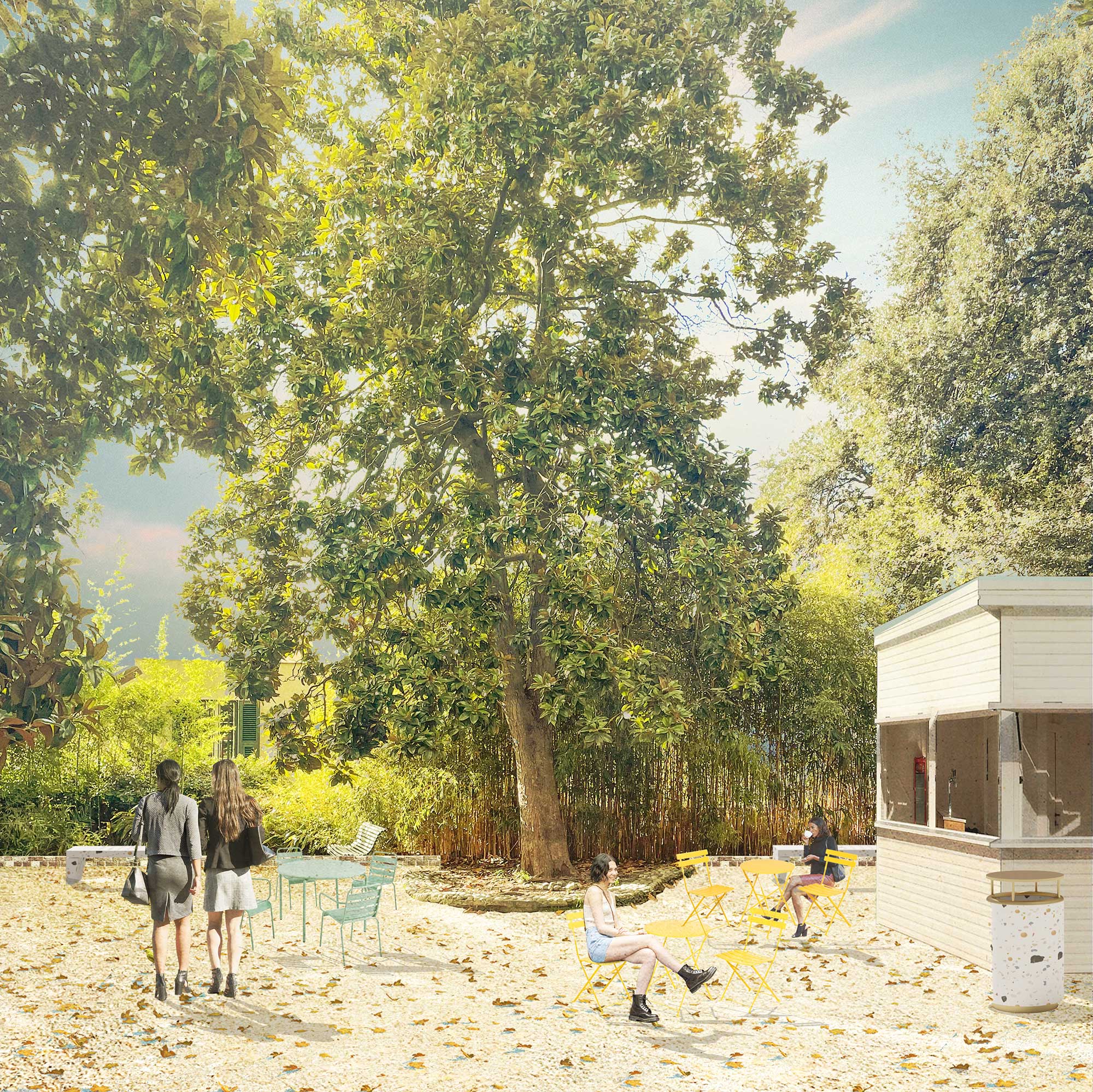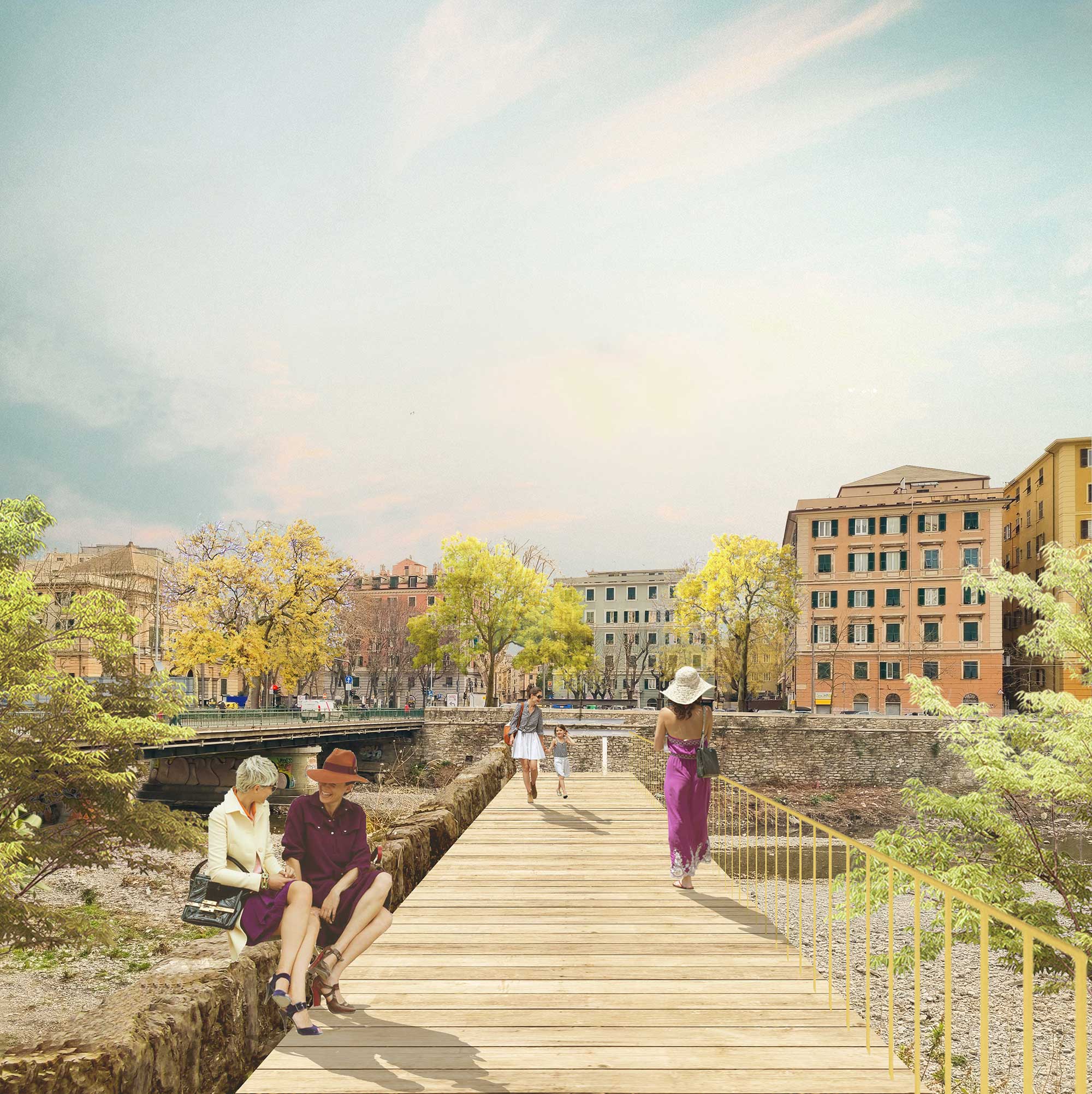Genova Green Strategy
Genova, Italy
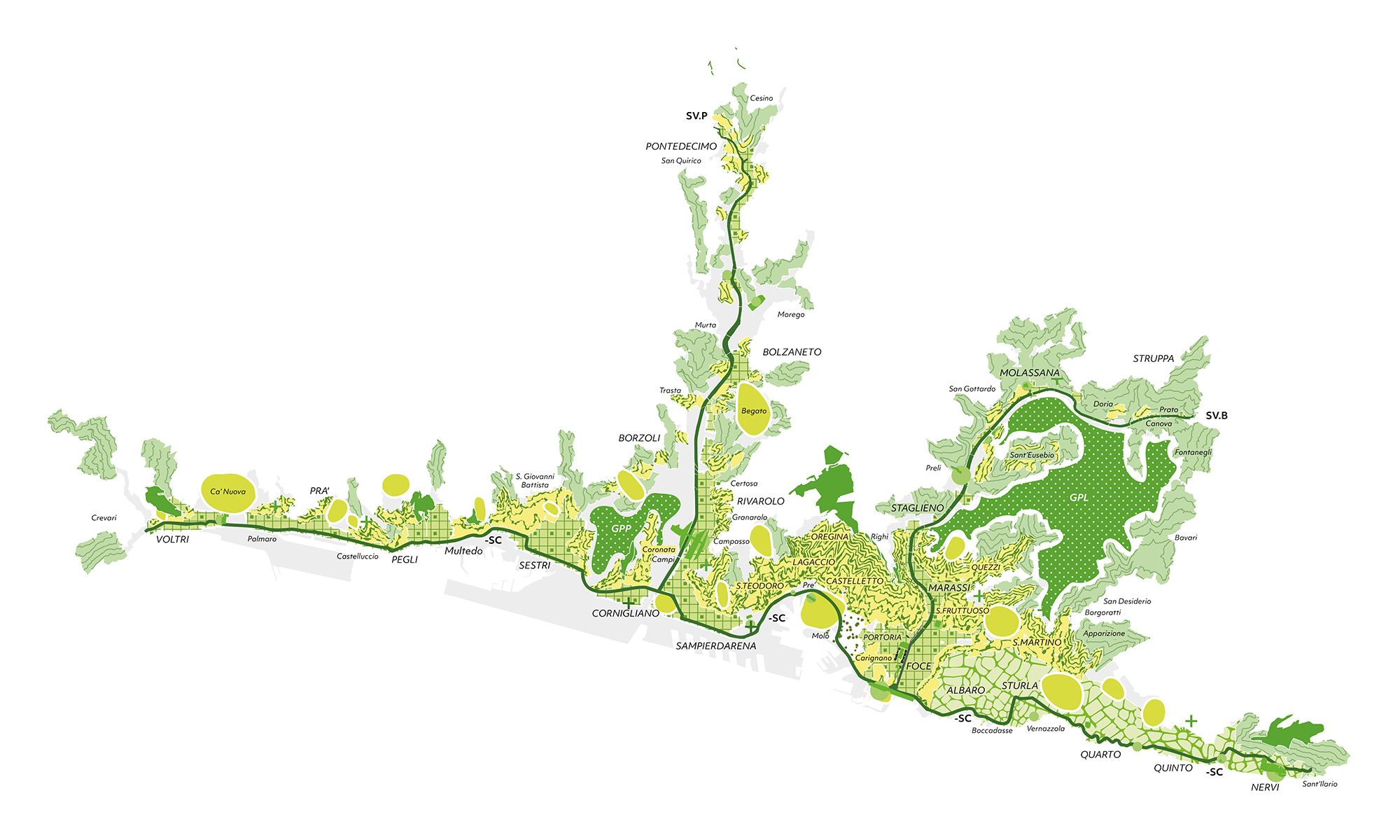
Genova Green Strategy is a strategy aimed at increasing public green spaces and restructuring public spaces in Genova. The document establishes a series of objectives aimed at increasing soil permeability, mitigating environmental risks and redefining the relationship between city and nature.
The strategy proposes a new interpretation of the city and defines guidelines and pilot projects for the design of open spaces in the short, medium and long term.
A large urban forestry project where thousands of new trees and green spaces are organised according to qualitative and quantitative criteria.
The ambition is to provide the city with a strategic document capable of transforming Genova into an international reference in redefining the relationship between nature and city, an example to follow in terms of mitigating hydrogeological risks and adapting to climate change.
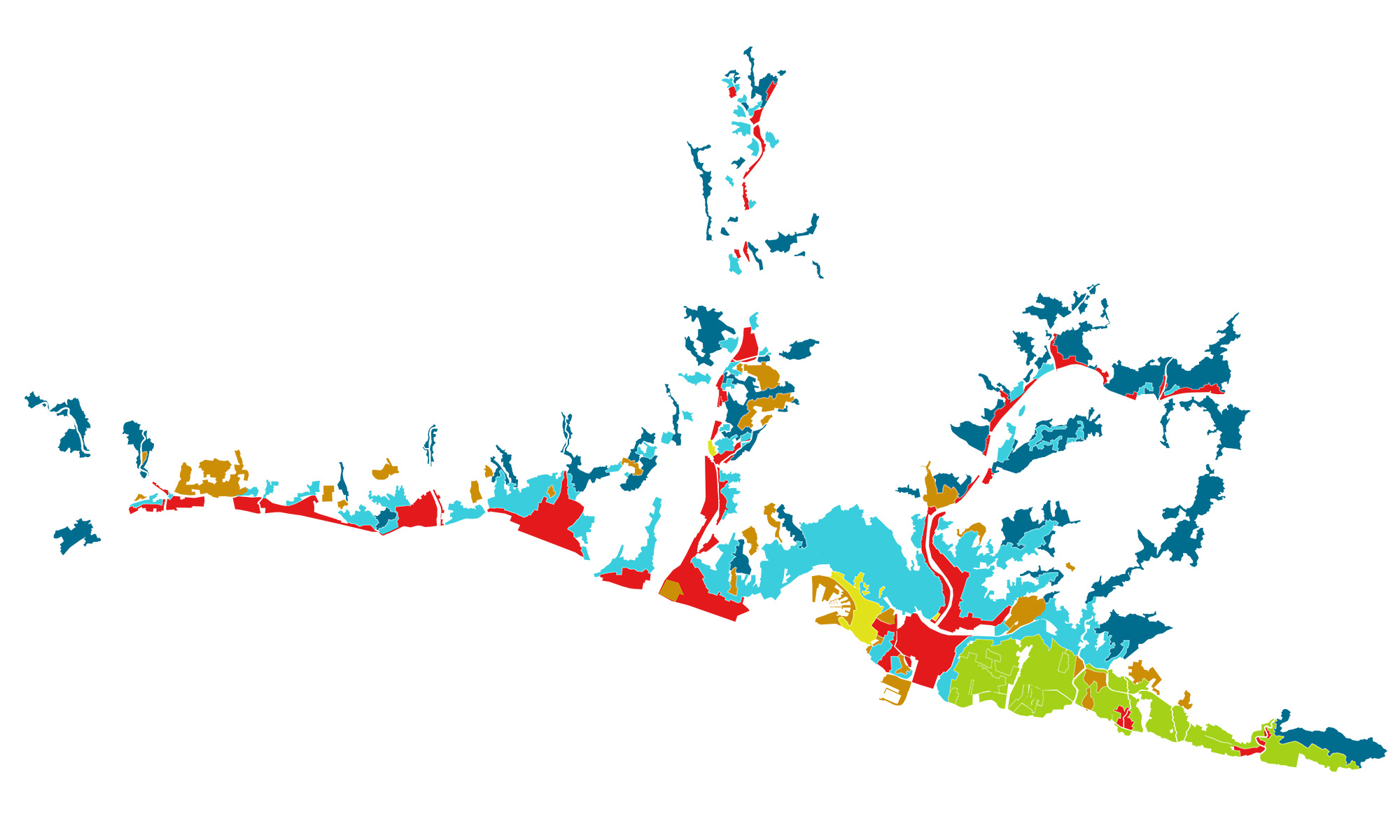
Multiple urban morphologies coexist in Genova; not only the various local identities of its neighbourhoods, but distinct and autonomous morphologies alternate, narrating the encounter -sometimes conflictual- between the natural territory and the built city.
Genova is interpreted as a complex puzzle where 6 cities alternate: the “plain city”, the “uphill city”, the “archipelago city”, the “garden city”, the “agricultural city”, the “compact city”.
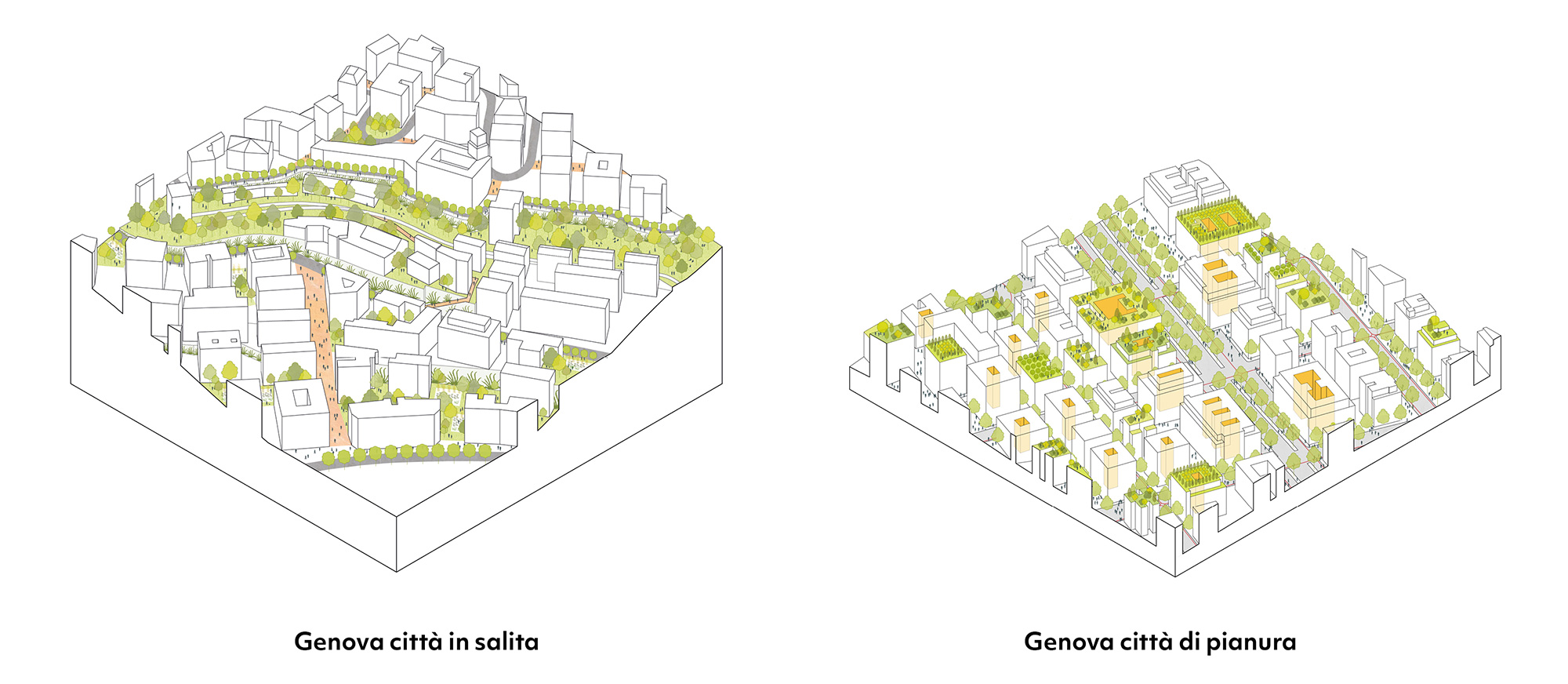
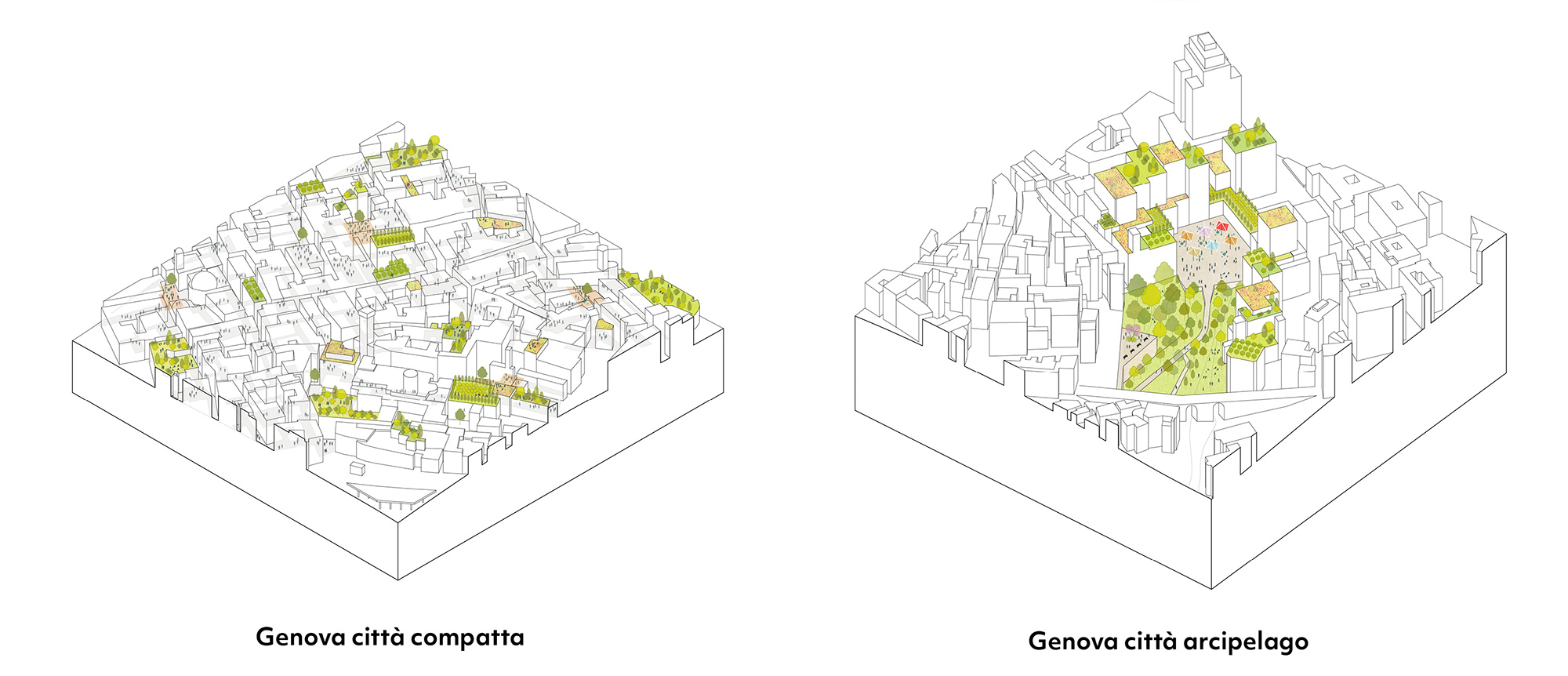
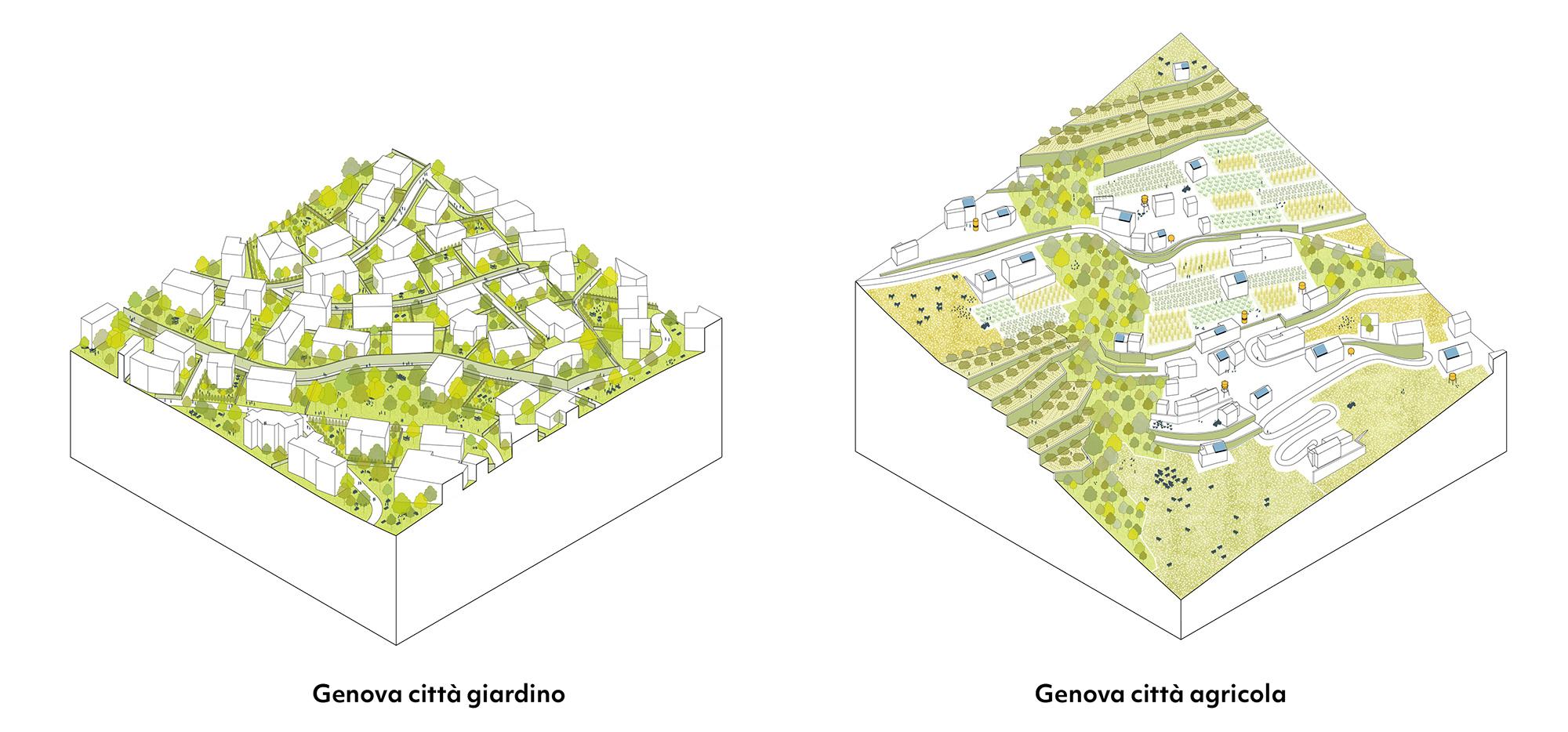
Genova Green Strategy defines the guidelines that enable to act on all the districts of the city. The neighbourhoods themselves become a permeable, porous and performative green infrastructure, capable of functioning as a diffuse and capillary ecological network
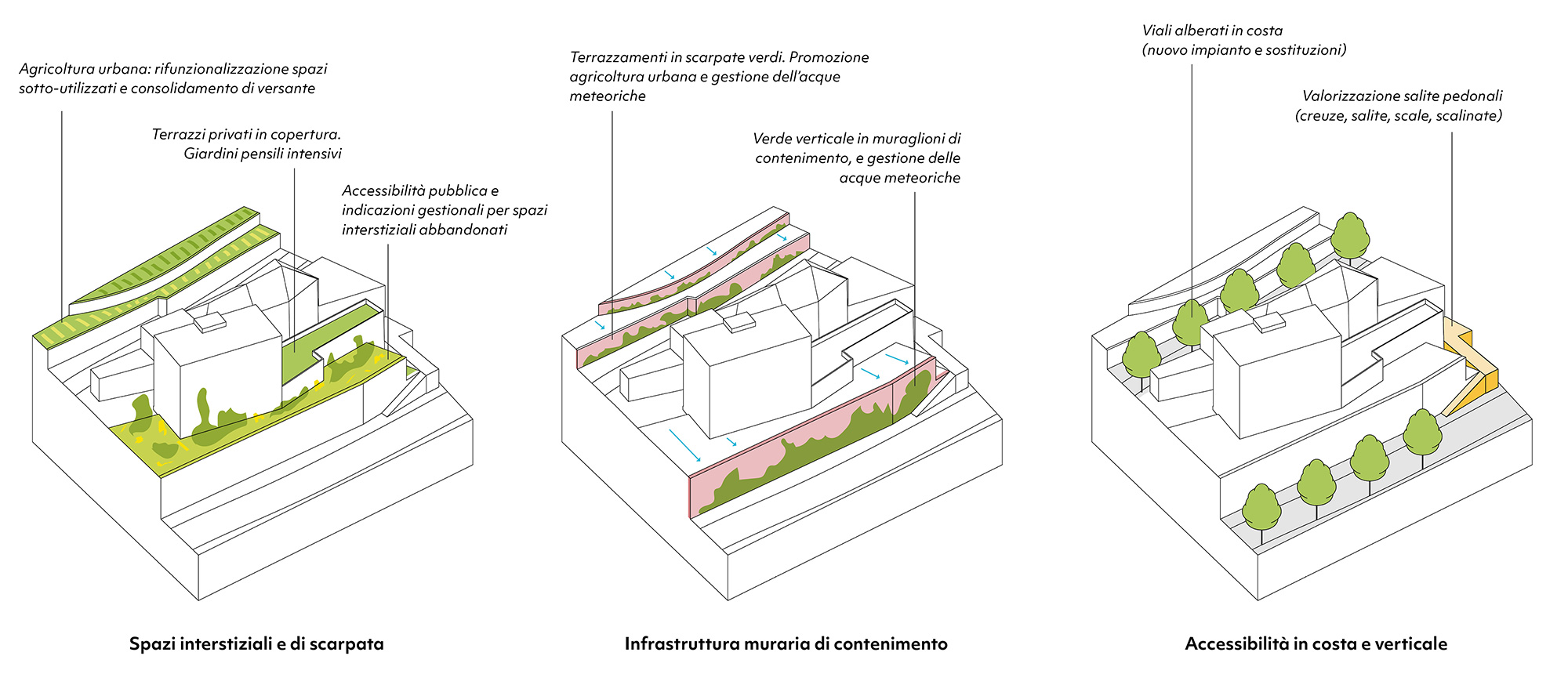
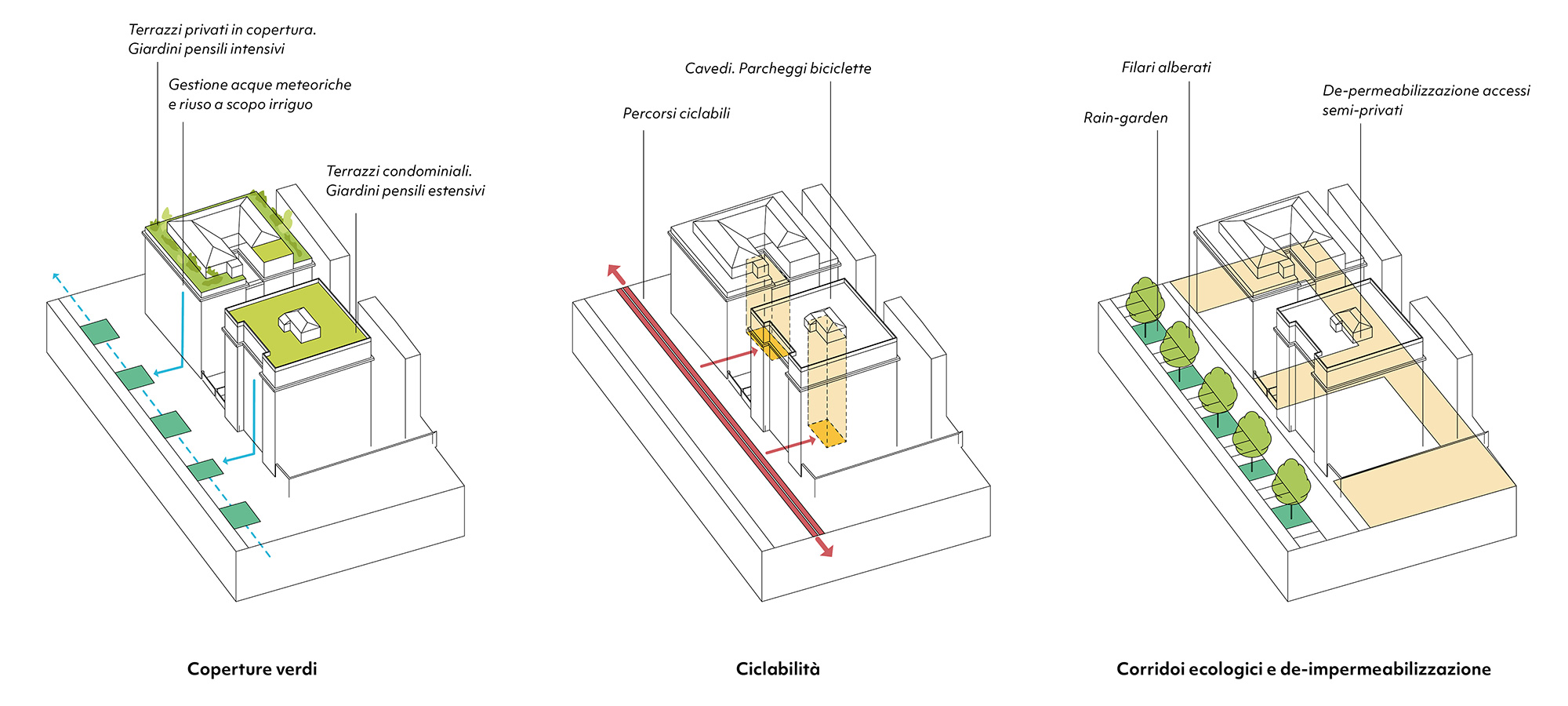
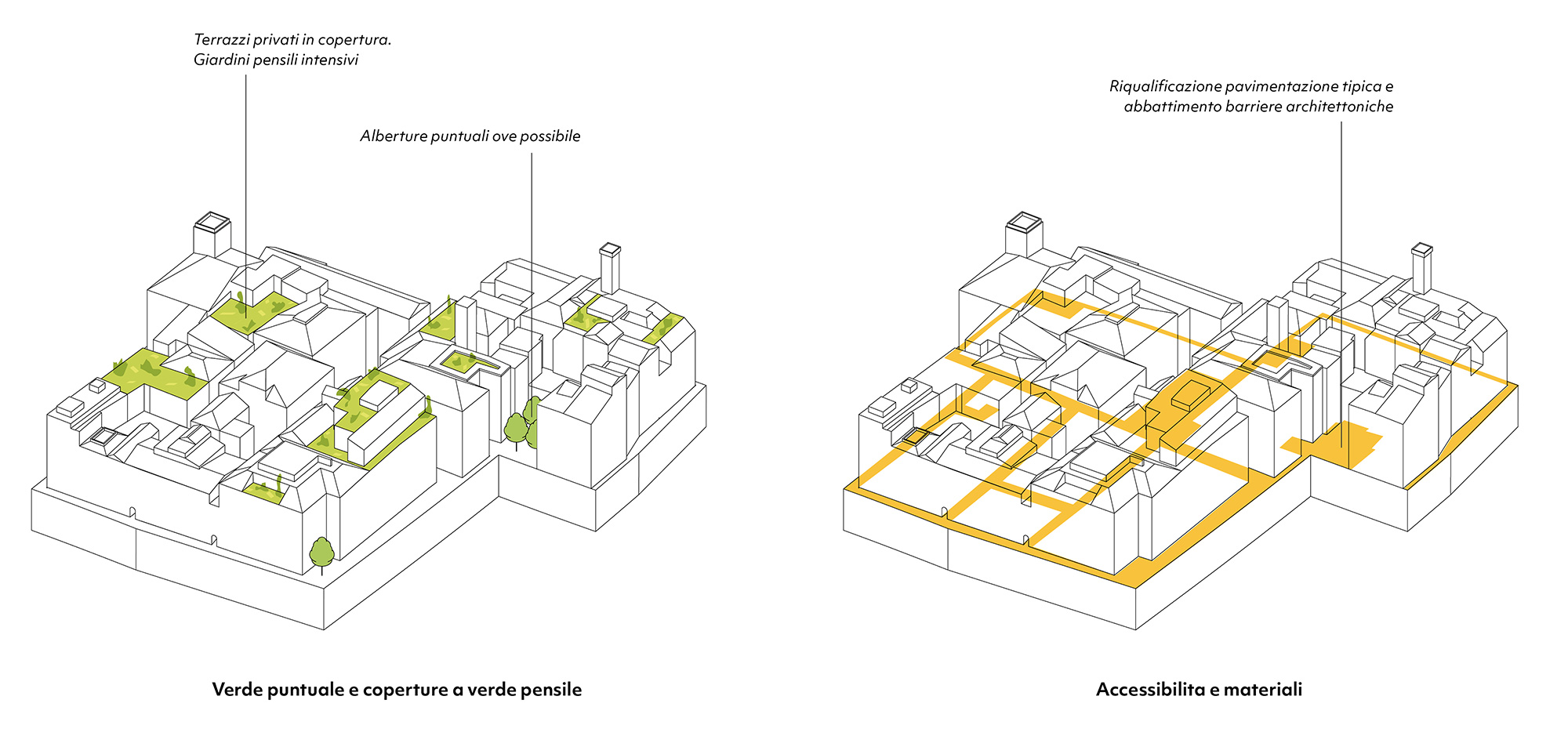
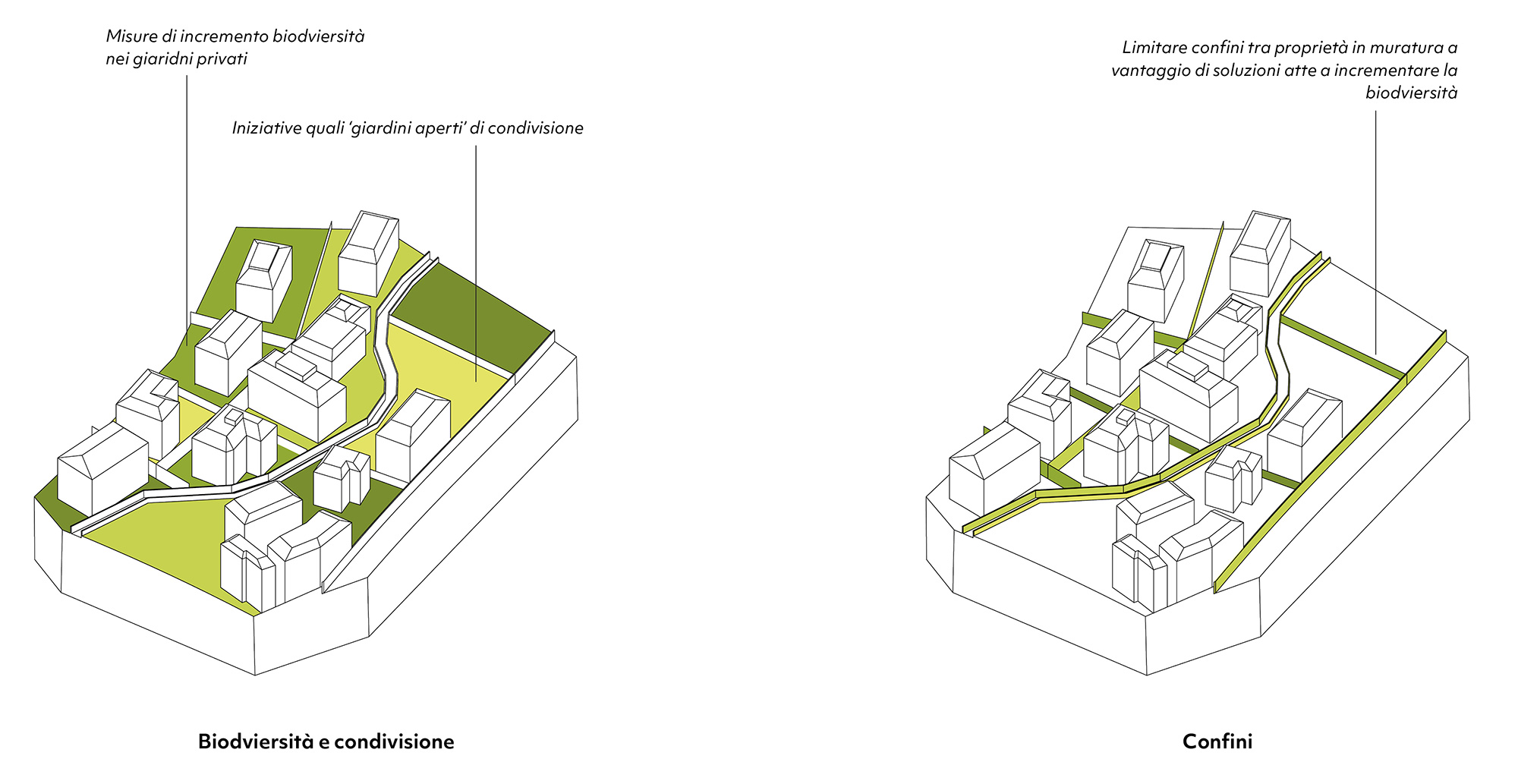
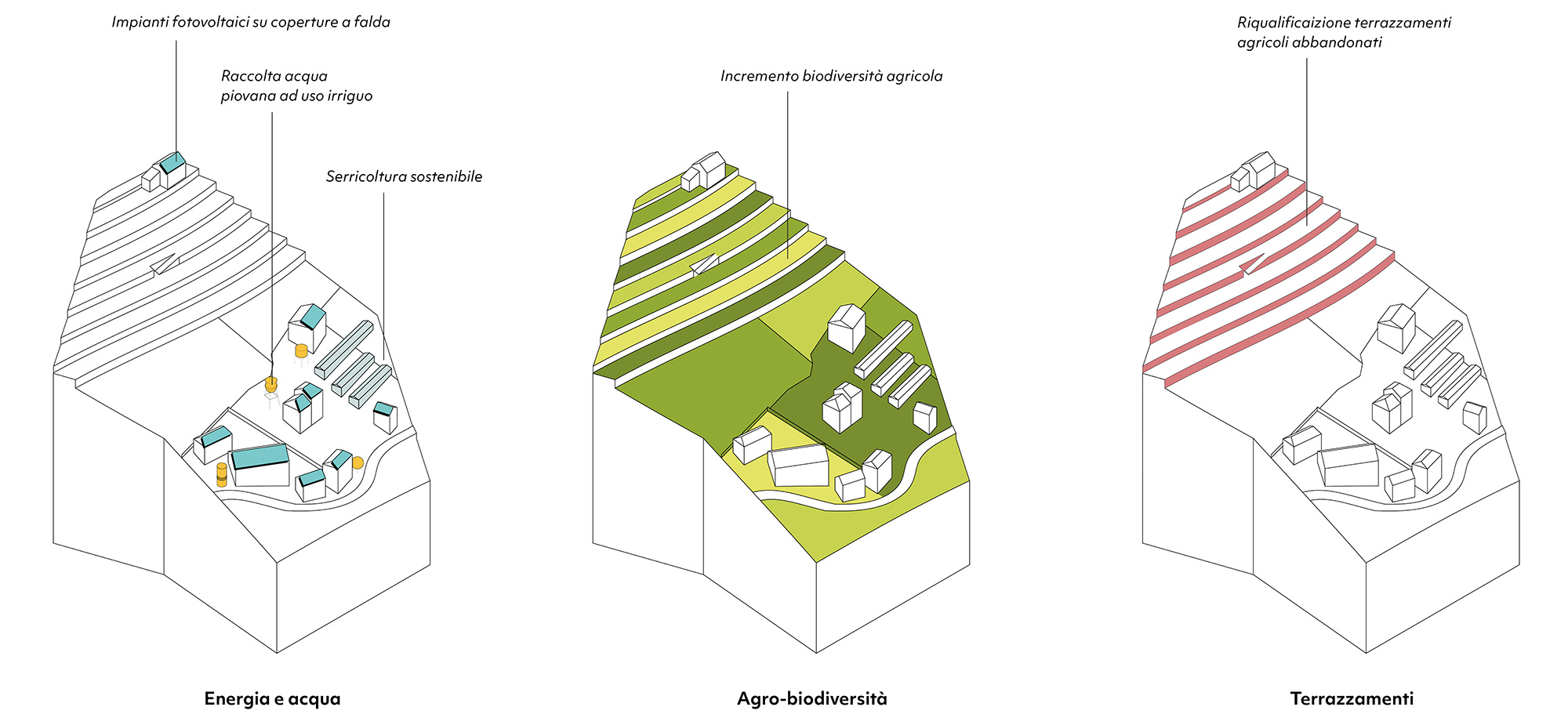
Genova Green Strategy defines a system of priorities that includes ongoing development and regeneration projects and, at the same time, identifies a series of new possible interventions.

The coastal system, the valleys system and two large “parks” are identified: the “Grande Parco Ponente” with a technological vocation, and the “Grande Parco Levante” with an agricultural and cultural one. The strategy also identifies a number of “gates”, linking spaces of various natures that connect the city with the hinterland. All together these systems reorient the traditional perception of Genova as mere seaside city, towards an articulated and complex urban reality, which has in its diversity of landscapes its essential identity.
